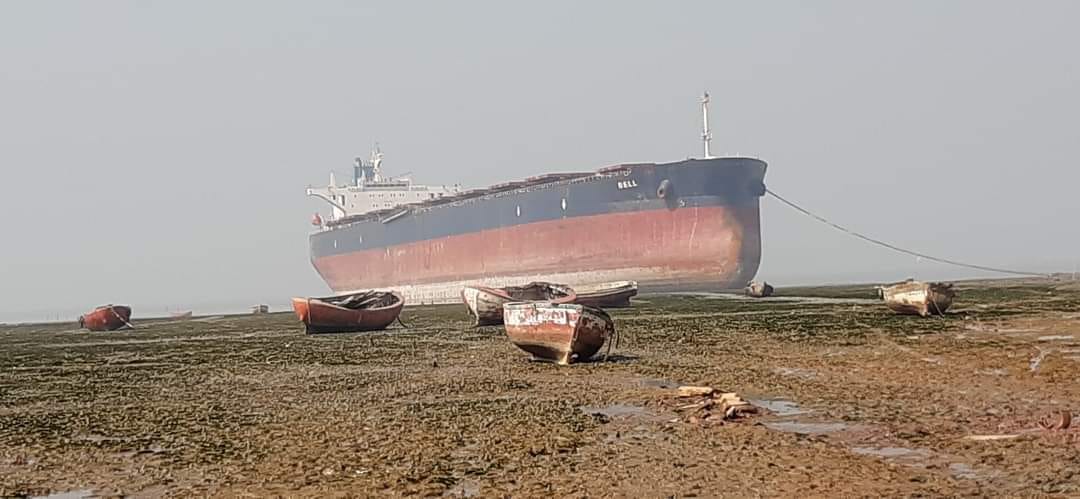“Shipbreaking” # 66, the World as it is
77 pages, 250 photos, 85 sources
Bulletin of information and analysis on ship demolition
January-February-March 2022
The war in Ukraine confirms that a significant part of the ships operating in the Black Sea and the Sea of Azov are derelict ships that should have been scrapped long ago. Out of 93 ships stuck in the ports of Mariupol, Berdyansk, Kherson, Mykolaiv, Yuzhny, Odessa and Chornomorsk, 17 are over 35 years old and would be unwelcome in Western Mediterranean and North Atlantic ports. The Xelo, sunk in the Gulf of Gabes, Tunisia, has the same profile.
129 merchant ships are being broken up, about 1 million tons of metal.
The purchase price per ton by the yards of the Indian sub-continent has increased. As of March 31, it was close to 700 US$ per ton. A chemical tanker with her stainless steel tanks reached the record price of 1310 US$ per ton.
47 ships were deflagged for their last voyage (St. Kitts and Nevis, Comoros, Palau, Sierra Leone, Gabon…).
36 oil tankers were scrapped and only one container ship. The global business suffers a shortage of container ships. The Matsonia was operated until the very end. She was a sistership of the El Faro which sank in 2015 with her crew of 33 men.
The clearance sale of mega-ships continues. The ex-Carnival Fascination was empty for her last cruise towards the Pakistani scrapyards of Gadani.
Only 5 ships have been scrapped in the European Union by EU approved yards.
“Shipbreaking” # 66 deciphers the voyage of the dilapidated Belize-flagged Marine Pioneer between China and Mozambique and back with 250 kg of rhino horns worth 14.85 million US$ as only cargo.
The story of the Bibby Line’s floating prisons is told on the occasion of the demolition of the ex-Bibby Venture in Alang, India.
Are end-of-life Chinese trawlers becoming an invasive species in Guinea-Bissau?
Acces to the bulletin
https://robindesbois.org/wp-content/uploads/shipbreaking66.pdf
 Imprimer cet article
Imprimer cet article










